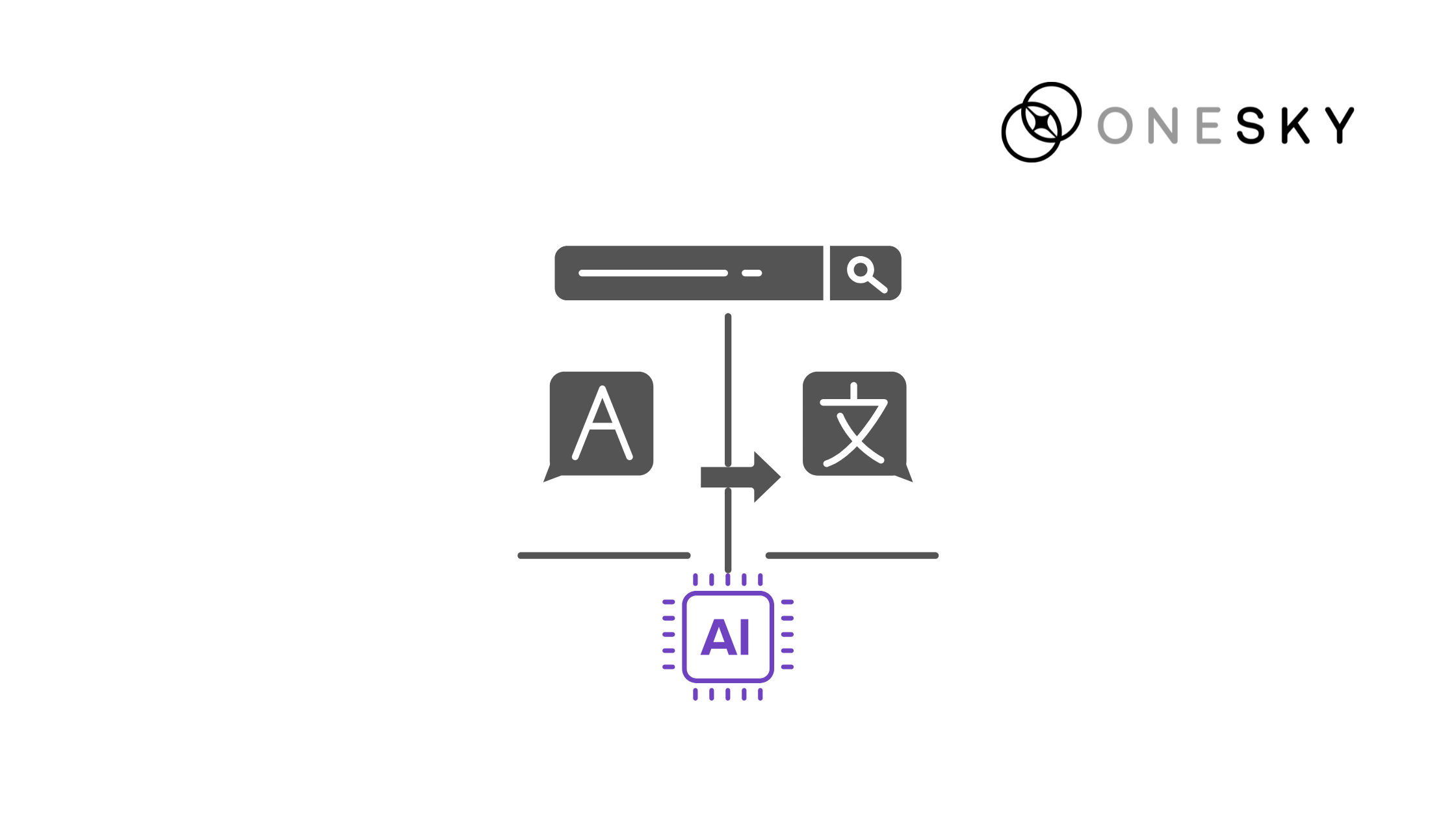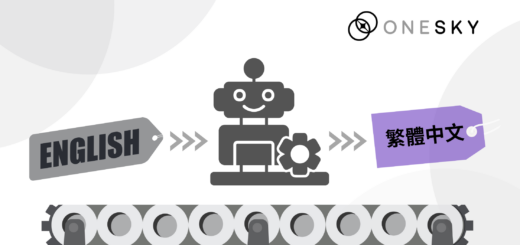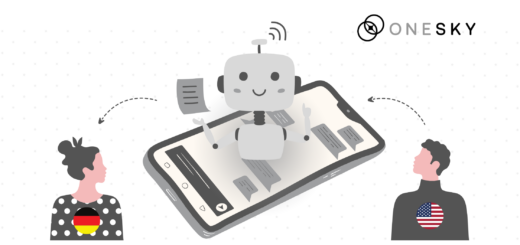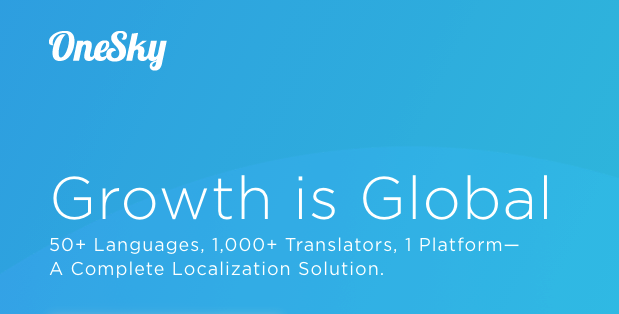AI Language Model: Revolutionize Your Localization
In today’s digital era, Artificial Intelligence (AI) and AI language models are transforming industries by automating complex processes and enhancing accuracy and efficiency. The software and SaaS industries, particularly, are witnessing a revolutionary change in how they handle translation and localization, which is crucial for global scaling. AI language models like Open AI’s GPT-4 or Google’s BERT have become vital in breaking language barriers, allowing companies to offer their services seamlessly across diverse linguistic demographics.
However, global expansion brings its own set of challenges. Companies often struggle with the nuanced aspects of language, such as idioms, cultural references, and regulatory requirements, which vary significantly from one region to another. Here, AI language models offer a sophisticated solution by speeding up the translation process and enhancing the accuracy of these translations with capabilities to learn and adapt from datasets and neural networks.
In this article, we’ll review how AI language models are crafted and applied within the software and SaaS industry to address these challenges, explore their impacts on translation and localization, and highlight why platforms like OneSky are crucial in leveraging these technologies to their fullest potential.
Unveiling the Power of AI-Language Models
Generative AI language models are at the forefront of technological innovation, driving automation and enhancement of the translation process for businesses worldwide. These models, built on complex neural networks and deep learning techniques, leverage vast datasets to learn the nuances of human language. By analyzing patterns in data, they can generate text that is grammatically correct and also contextually relevant, making them ideal for use cases like chatbots and language models.
The role of AI systems in business extends beyond simple text generation. In the domain of translation and localization, these models automate text conversion between languages with a precision previously unachievable without human intervention. For instance, advancements in transformer models such as BERT (developed by Google) and GPT-4 (developed by OpenAI) have significantly pushed the boundaries of what’s possible in machine translation and natural language generation, making them ideal for specific tasks like semantic search and conversational AI.
These advancements are rooted in the ability of these AI-language models to understand and produce language through training data on extensive corpora. This training not only involves translating words but also capturing cultural nuances and idiomatic expressions, which are critical for accurate localization. The impact of these advancements is profound, as evidenced by their integration into various NLP tasks like summarization, question-answering, and even speech recognition.
The reliability and accuracy of AI language models continue to improve as the underlying algorithms become more refined. A notable milestone is the use of transformer architecture, which facilitates more dynamic data handling, allowing models to learn faster and with greater accuracy.
The Impact on Translation and Localization
The advent of AI language models has significantly altered the landscape for software and SaaS companies, providing them with tools to achieve faster, more accurate translations. This technological leap is particularly transformative in the realm of machine translation, where AI models facilitate real-time language processing, allowing you to expand your services across different linguistic territories without the delays traditionally associated with manual translation processes.
According to a report from Stanford University, the advent of AI-powered machine translation has seen remarkable growth. Since 2017, there has been a sixfold increase in independent machine translation services available on the market, reflecting a significant surge in the adoption of AI technologies for global communication needs.

Source: Artificial Intelligence Index Report 2023
Moreover, AI-driven localization is not only more precise but also more cost-efficient. Traditional localization methods can be costly, requiring significant human resources and time, especially when scaling up to accommodate multiple languages. AI models streamline this process, quickly automating the translation of vast amounts of text and reducing the need for extensive human intervention. This scalability is vital for startups and established companies alike, as it allows them to quickly adapt their products and services to new markets without a proportional cost increase.
Additionally, AI systems can seamlessly integrate with existing programming languages and search engines, further enhancing their usability and efficiency. They can process texts in multiple languages, such as English, Mandarin, Spanish, French, Hindi, and much more, ensuring global reach and effectiveness.
The scalability of AI-powered translation tools is further enhanced by their integration with open-source platforms and APIs, which allow seamless updates and improvements without downtime or service disruption. For instance, OneSky’s end-to-end localization solutions offer you the ability to manage your localization needs through a comprehensive platform that continuously updates and refines translation processes.
These advancements represent a vital shift in how companies approach global markets. No longer constrained by language barriers or the high costs of traditional content translation services, you can now leverage state-of-the-art AI technologies to enhance your company’s international presence, improve customer satisfaction, and drive global growth more effectively.
Microsoft has even announced the power of large-scale AI implementations in reshaping industries, paving the way for more efficient and impactful languages. Moreover, platforms like ChatGPT and Bard offer innovative solutions for NLP tasks, further expanding AI’s potential applications.
Addressing the Challenges
While integrating AI language models in translation and localization brings forth a new era of efficiency, it also comes with challenges, particularly when dealing with cultural nuances and idiomatic expressions. These subtleties of language are often embedded deeply within the local context and can be tricky for AI to grasp fully. Traditional machine translation systems might render text that is technically correct but culturally inappropriate or awkward, which can lead to misunderstandings or even offend the target audience.
AI models are increasingly trained to handle these complexities by incorporating deep learning algorithms that analyze vast amounts of text data from diverse sources. This training allows the models to detect and adapt to linguistic subtleties, improving their ability to deliver accurate and culturally relevant translations. For instance, advancements in Natural Language Processing (NLP) allow AI to understand the context better when translating nuanced text.
However, to optimize AI language models for localization, combining their computational power with the expertise of human translators is essential. This hybrid approach leverages the speed and efficiency of AI with the nuanced understanding of human linguists. OneSky’s advanced translation management system exemplifies this integration, where machine learning models are complemented by professional translators who refine and verify the AI’s output, ensuring both linguistic accuracy and cultural appropriateness.
If you wish to expand your business globally, adopting a strategy that includes both AI and human oversight is crucial. This blend is particularly effective in language-related tasks, where AI, trained on extensive datasets that capture idiomatic nuances, helps bridge linguistic gaps. A Harvard Business Review explains how this partnership of AI’s scalability with human experience creates a balanced approach, enhancing conversational AI applications and virtual assistants.
Acknowledging the synergy between AI’s technical strengths and human judgment will allow you to adeptly manage the intricacies of international markers and cultural differences, leading to more sophisticated customer interactions and smarter operational choices. Incorporating foundational models like GPT-4 and BERT, which are examples of large language models (LLMs), can enhance this capability. These models, foundational in the next generation of AI, are pre-trained on a broad range of internet text and fine-tuned for specific tasks, offering more coherent and contextually appropriate translations.
Why Choose OneSky for Your AI-Driven Localization Needs
OneSky harnesses the power of Pre-training and an adaptive OneSky translation engine to deliver top-tier translation and localization services that stand out in the software and SaaS industry. By integrating advanced AI technology with the expertise of skilled human translations, OneSky offers a unique blend that enhances both the speed and accuracy of translations. This combination ensures that every project meets linguistic standards and resonates culturally with target audiences.
OneSky utilizes ML and NLP to continuously learn and adapt, improving its translations over time based on feedback and additional data. This dynamic learning process allows OneSky to handle complex translation tasks with higher precision at pocket-friendly prices, making it particularly effective for businesses that require consistent quality across diverse markets.
Moreover, OneSky is committed to providing exceptional customer support, ensuring that you receive personalized attention and service tailored to your specific needs. So if you’re looking to integrate cutting-edge AI translation into your business operations, OneSky is not just a service but a partnership geared toward fostering international growth and ensuring that your message is heard accurately all across the world.
Future-Proof Your Localization with OneSky
As the global markets continue to evolve, integrating AI language models into localization strategies has become necessary. These technologies provide a substantial competitive edge by enhancing the speed, accuracy, and cultural nuances of translations.
Embracing OneSky’s AI-driven localization tools ensures that your business remains at the forefront of the global marketplace. By leveraging OneSky’s advanced AI capabilities and human expertise, you can ensure that your content resonates with your local and global audiences, maintaining authenticity and fostering greater engagement.
Future-proof your business with OneSky today—where technology meets human expertise, and embrace the future of localization!








 Written by
Written by 


